

In conjunction with the Institute of Classical Architecture and Art Utah Chapter, we have organized an exciting and educational line-up of speakers this spring. All lectures are free for members of the ICAA, UVU faculty, staff, and students. We encourage students from around the state to attend. Additionally we encourage our architecture industry partners to attend. The lectures will be held at 6:30pm in room CS404 in the Computer Science building on the main campus of Utah Valley University. Parking on campus is free at this time of day.
All lectures qualify for one learning unit of AIA Continuing Education Credit
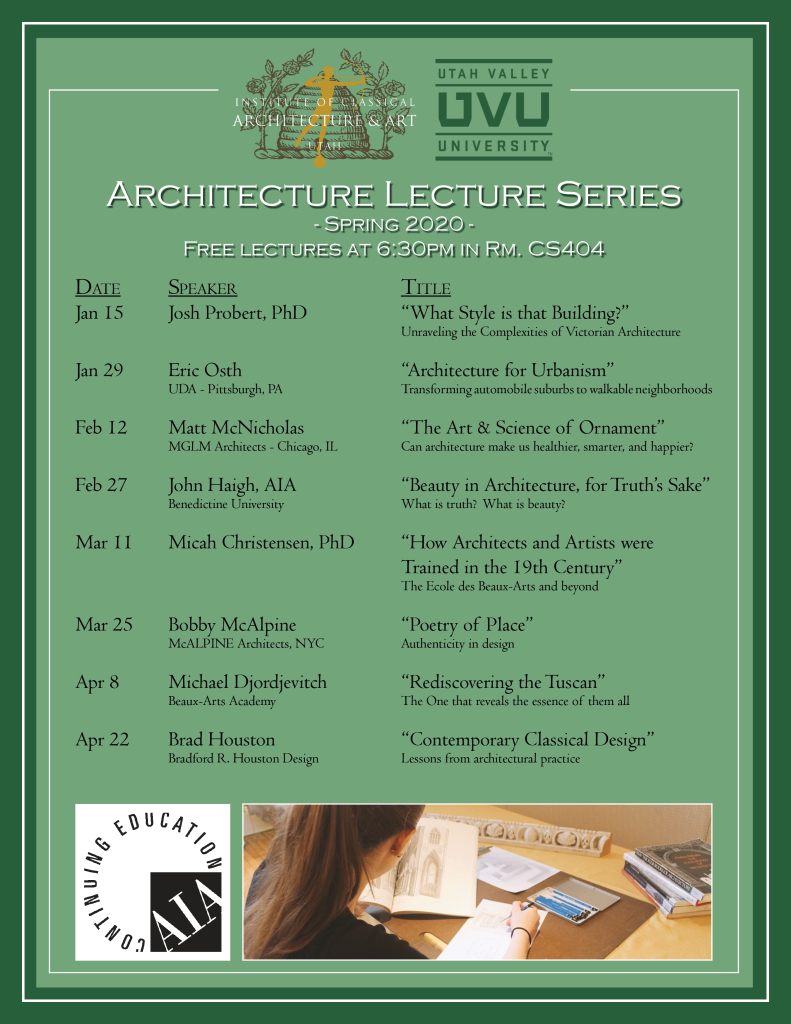

January 15th, 2020
“Unraveling the Complexities of Victorian Architecture, 1837-1901”
A multitude of architectural styles appeared in Western architecture and interior
design during Queen Victoria’s 63 years on the throne, yet scholars and practitioners
often lump all of them together into one category, “Victorian.” By understanding more
specific categories, scholars and professionals will be better able to make sense
of the complexities of nineteenth-century design and the cultural currents that shaped
it.
Josh Probert, Phd is a historian who specializes in architecture, the decorative arts,
and the material culture of American religion. He is currently an interiors historical
consult to the Church of Jesus Christ of Latter-Day Saints.
AIA Objectives:
-Identify significant architectural styles during the reign of Queen Victoria.
-A familiarity with some of the correlating characteristics of Victorian interior
design.
-Recognize a few of the major thinkers who influenced Victorian style.
-A general understanding of the cultural discourses of modern progress and the antimodern
discourses of nostalgia.
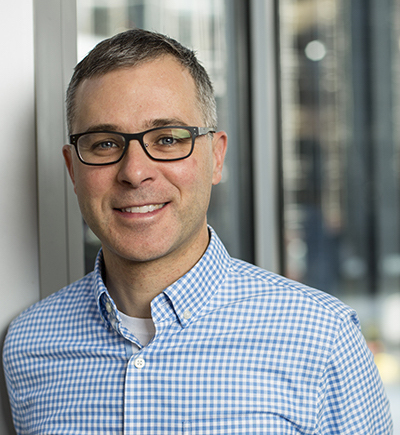
January 29th, 2020
“Architecture for Urbanism”
Today, cities and towns are growing at an alarming rate. In most cases, they are growing
without focus on the design of the public realm. Eric Osth, Vice Chairman of UDA,
will present select architectural and urban design projects by UDA, each of which,
despite its own unique challenges, contributed to the goal of creating new, or enhanced,
walkable urban environments.
Eric Osth is the Vice Chairman of UDA in Pittsburgh, PA where he heads the marketing
efforts as well as runs architecture and urban design projects as Principal-in-Charge.
AIA Objectives:
-Understand the challenges to the practice of urban design today, and tomorrow.
-Describe process techniques in the practice of architecture and urban design.
-Identify characteristics of transforming automobile suburbs to pedestrian-oriented
suburbs.
-Review design techniques in the creation of urban neighborhoods.
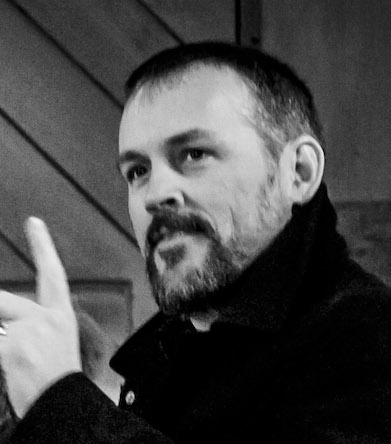
February 12th, 2020
“The Art and Science of Ornament”
Can architecture make us healthier, smarter, and happier? Join us as Matt McNicholas
discusses how Ornament – that which beautifies our built environment and adds grace
to our buildings – plays a far more important role in our everyday experience than
previously understood or acknowledged.
Matt McNicholas, AIA, LEED AP, is a Principal with McNicholas Architects | MGLM in
Chicago. He regularly conceives and executes ornamental and decorative programs and
designs for all building types, and has served extensively as a thematic, decorative,
and ornamental consultant.
AIA Objectives:
-Understand the universality of ornament and how it affects cognitive health
-Recognize the importance of ornament in the built environment.
-Discern the levels of fractal detail integral to the design of good ornament, and
those which play a positive role in cognitive health.
-Properly employ ornament for its maximum benefit on health and well-being

February 27th, 2020
“Beauty in Architecture, for Truth’s Sake”
Vitruvius wrote in his Ten Books on Architecture that an architect should focus on
three central themes when preparing a design for a building: firmitas (strength),
utilitas (functionality), and venustas (beauty). Strength and functionality we understand
by learning about them empirically since our earliest memories of childhood–sometimes
the hard way. But venustas (beauty) is the more complex theme. Is it found only in
the eye of the beholder?
John Haigh, AIA is in his fourth year as an Assistant Professor of Architecture at
Benedictine College in northeastern Kansas, where he moved to establish a new classical,
pre-professional, liberal arts degree in architecture. John received his M.Arch. from
the University of Notre Dame in 2004 and is licensed architect who currently resides
in Atchison, KS.
AIA Objectives:
-Learn historical criteria for beauty, beginning with the most ancient treatise, Vitruvius’
Ten Books.
-Study ways that the design and construction of a what a culture deems a beautiful
building is rooted in the movement and patterns of organic nature.
-Consider the role of form in architectural design as something that engages with
events in nature; that forms derive from certain rhythms of life.
-Explore how attempting to identify beauty in architecture ultimately requires a honing
of a sense of both unity and diversity within a work; that it is about capturing and
communicating a sense of wholeness, a cosmology, and the place of human beings in
relation to it.
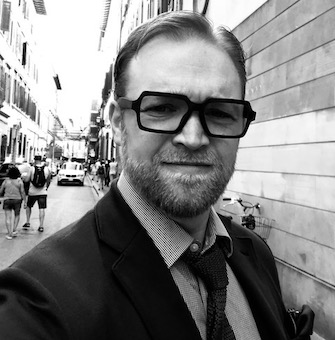
March 11th, 2020
“How Architects and Artists Were Trained in the 19th Century”
From the Renaissance to the late nineteenth century, becoming an architect meant mastering
a broad base of skills in collaboration with painters and sculptors throughout Europe
that became the basis for their training today. Dr. Micah Christensen will explore
three major building projects from the seventeenth to nineteenth centuries to illustrate
how architects were trained and influenced in their work.
Dr. Micah Christensen received his Masters of Fine Arts from Sotheby’s Institute and
his PhD in the History of Art. As an art historian, he has worked closely with museums
and archives throughout Europe and is now based in Utah, where he is a partner at
Anthony’s Fine Art.
AIA Objectives:
-Learn the origins of architectural education in Europe and America
-Develop an appreciation for historical buildings made with traditional approaches
-Understand the broad skill set needed by historical architects
-Know how to explore historical buildings from a perspective contemporaneous to their
creation
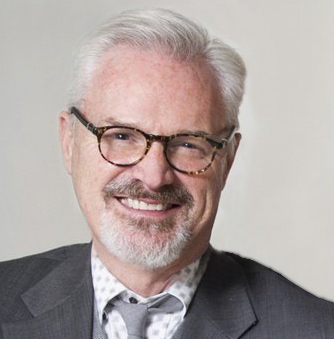
March 25th, 2020
“Poetry of Place”
Theories about beauty – it’s attributes and golden proportions – often seem different
from what our hearts know, which is a more complex mix of attractions filled with
flaws and contradictions. In architectural practice we wrestle with a tension between
authenticity and correctness, between emotional connection and rigid doctrine, and
between myth and reality, in order to tell a beautiful story. This is the poetry of
place.
Bobby McApline has been designing homes since he was a young child. He believes home
is a timeless, graceful, and emotionally evocative place. He founded his firm 1983
and has built beloved, traditional homes all across the country. Bobby has also written
three books and has his own furniture line.
AIA Objectives:
-Understand the tension between rules and invention in design
-Learn how to emulate and adapt historic architecture with authenticity
-Explore the narrative qualities of architecture – how design is like telling a complex
story
-Understand how modern building technology can be used to create timeless beauty
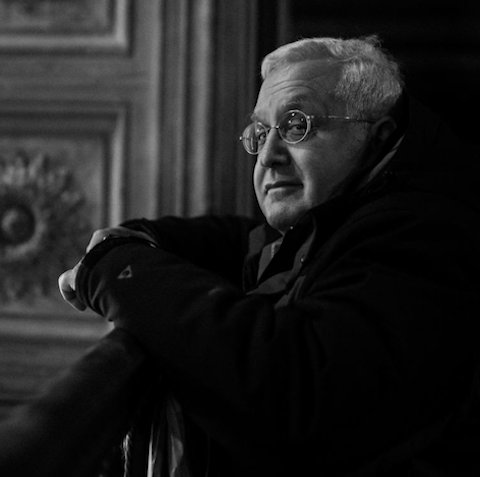
April 8th, 2020
“Rediscovering the Tuscan”
The Tuscan Order is the default classical order. Contrary to the way Classical Architecture
is often taught, the Tuscan Order should not be seen as a dumbed down version of the
Doric, but rather the Tuscan should be understood as the most ubiquitous of the five,
The One that reveals the essence of them all.
Michael Djordjevitch received his Masters of Architecture from Princeton University
and was a Fellow for the American School of Classical Studies in Athens. He worked
as an architect on the Agora Excavations before continuing on to teach at the University
of Notre Dame. He now teaches at the Beaux-Arts Academy in Utah.
AIA Objectives:
-A history of the emergence of the Tuscan as a distinct category.
-An introduction to the several Textbook versions of the Order, and why there isn’t
a best among them.
-Discovering how the Tuscan was once taught.
-An elucidation of the nature of the Orders through a study of the unique characteristics
of the Tuscan.

April 22nd, 2020
“Contemporary Classical Design”
The artistic refinement of the classical tradition has no single author, but rather
represents the cumulative wisdom of many civilizations and times. The study of the
classical orders and precedent buildings holds critical lessons for contemporary architectural
practice. It is through practice applying the lessons from this rich history that
an architect becomes fluent in aesthetic forms and mature compositions.
Brad Houston received his Master of Architecture from the University of Notre Dame.
He worked for many years for the Church of Jesus Christ of Latter-day Saints in Salt
Lake City, Utah where his projects included the Tijuana, Mexico Temple, the Philadelphia,
PA Temple, and the Hartford, CT Temple. He now owns and operates his own design studio
in Utah
AIA Objectives:
-Understand how to analyze and learn from precedent buildings
-Learn how history applies to contemporary architectural practice
-Discover ways to make new designs feel timeless and consistent with client expectations
-Improve the success of contemporary architecture firms doing residential and commercial
buildings

